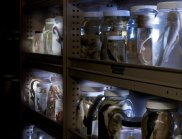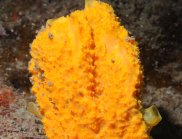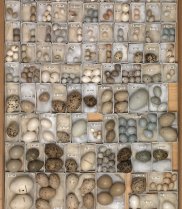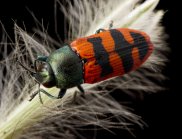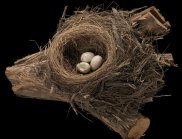Atlas of Living Australia celebrates 40 million milestone
The Atlas of Living Australia has achieved a significant leap forward in bringing Australia’s biodiversity information together online, making it easy to access and analyse.
The Atlas now provides access to over 40 million records thanks to the addition of over 700 000 specimen records from Queensland Museum and 560 000 new and updated specimen records from Museum Victoria, including 23 000 images.
“The Atlas of Living Australia provides immediate access to reliable and verifiable information about Australia’s remarkable biodiversity and lets us share this information with the world.”
Professor Suzanne Miller, Queensland Museum Network CEO
“Queensland Museum’s entire digitised biodiversity collections are now available online for anyone to access for any purpose, from simply admiring our country’s unique and beautiful biodiversity, to figuring out how to sustain our natural environment,” Professor Suzanne Miller, Queensland Museum Network CEO said.
“The Atlas of Living Australia provides immediate access to reliable and verifiable information about Australia’s remarkable biodiversity and lets us share this information with the world,” she said.
The 40 million records available via the Atlas include specimens held in collections, observations made in the field, molecular data, literature, maps, sound recordings and photographs.
“Museum Victoria’s collection dates back over 150 years. Our specimens, data and images are critical to furthering the understanding of Australia’s biodiversity and we are pleased to share them with the nation through the Atlas of Living Australia,” Dr J Patrick Greene, Museum Victoria CEO said.
The Atlas is also call calling for citizen scientists to upload their own photos and sightings of Australian species and is crowd sourcing digitisation of field notes, diaries and specimen labels held by museums and collections.
“With over half a billion records downloaded, the Atlas demonstrates the power of collecting biodiversity data once and reusing it many times over to benefit research, conservation and planning. There are still a lot of biodiversity records out there and we encourage organisations to come forward and share their data via the Atlas,” Dr John La Salle, Atlas of Living Australia Director said.
“The records in the Atlas can be put to many uses, from simply looking up species or finding out what species occur at any location in Australia, to informing pest management, helping revegetation groups understand what species to plant and predicting species distributions in the future,” he said.
The Atlas of Living Australia is a partnership between CSIRO, Australia’s museums and herbaria, biological collections, research organisations, universities and government departments.
The Atlas of Living Australia has received Australian Government contribution of A$41.3 million, comprising A$8.5 million from the National Collaborative Research Infrastructure Strategy program, A$30 million from the Super Science Initiative and A$2.8 million from the Collaborative Research Infrastructure Scheme.
Visit The Atlas of Living Australia .
Media resources
Click image for high resolution version.

